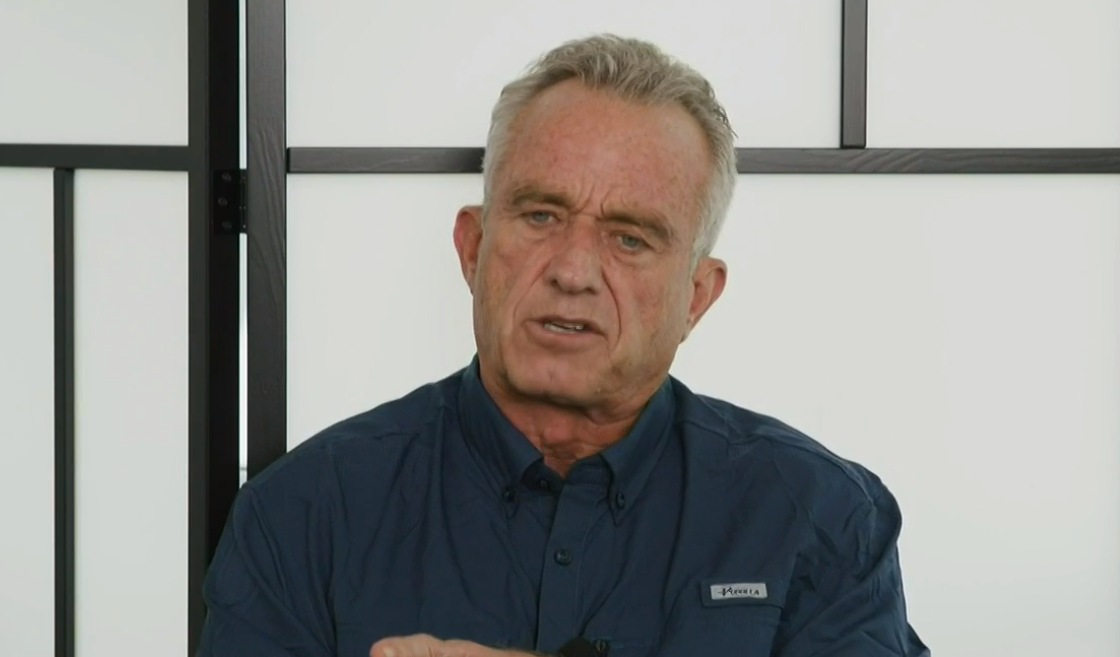
According to a CNBC report, the layoffs sought to reshape LinkedIn's organizational structure and optimize operations. The company's engineering department bore the heaviest brunt of the layoffs, though it wasn't the only division affected. The cuts also extended to other areas, including the finance and human resources departments.
A memo by LinkedIn executives Mohak Stroff and Tomer Cohen explained the rationale behind the job cuts. They wrote that the organization's primary goal is to focus on strategic initiatives that would make a significant impact on their business objectives. To achieve this, they believed it was essential to adapt their organizational structure to enhance agility, transparency and accountability.
The changes signify a restructuring effort to address the long-term needs of LinkedIn's business. Despite the layoffs, LinkedIn intends to fill critical gaps in its ambitious roadmap by creating a limited number of new roles. The company is also concentrating its hiring efforts in India as part of this strategic realignment.
LinkedIn is committed to providing support and assistance to employees affected by these changes during the transition process. This workforce restructuring is part of a broader strategy to ensure that LinkedIn can continue to deliver value to its members and customers. The action follows prior layoffs within Microsoft earlier in the year.
LinkedIn accused of discrimination
Known as a social media platform for professionals, LinkedIn boasts 930 million members in more than 200 countries. Microsoft acquired the company in 2016. However, it has been accused of engaging in "viewpoint discrimination" and espousing a strong anti-conservative bias.
In July, a conservative legal watchdog warned LinkedIn regarding its "Diversity in Recruiting" feature. The Equal Protection Project (EPP) pointed out that the feature, which collects members' demographic data to potentially diversify the pool of candidates presented to recruiters, contravenes the Supreme Court's ruling against race-based affirmative action in higher education.
EPP attorneys William Jacobson and Ameer Benno voiced their concerns over the features to LinkedIn, following the high court decision. Jacobson and Benno argued that such discrimination cannot be justified as job-related or consistent with business necessity, and called for the diversity feature to be removed from the platform.
The high court invalidated race-conscious admissions programs at institutions like Harvard University and the University of North Carolina, based on the Fourteenth Amendment's equal protection clause. Dissenting justices warned, however, that the decision might exacerbate racial inequality in educational institutions – leading to fewer professionals of color. (Related: Supreme Court strikes down racist “affirmative action” admissions policies at U.S. colleges and universities as progressive left DEMANDS never-ending racial discrimination.)
In response, LinkedIn defended the diversity efforts for both members and job seekers. The company explained that understanding the demographic information of its members helps ensure equal access and opportunities, asserting that they do not enable recruiters to filter out or exclude applicants based on protected demographics.
But the Microsoft subsidiary's explanation did not sit well with Jacobson and Benno. The two EPP attorneys argued that the company is the one categorizing and filtering members based on characteristics such as race, ethnicity, gender and sexual orientation for the benefit of recruiters. While the two did not specify whether they intend to file a discrimination lawsuit against LinkedIn, they made it clear that the company has been informed of the potential legal consequences of its actions.
Visit BigTech.news for more stories about job cuts in tech companies.
Watch Dana Stout recount how LinkedIn took down his video about the dangers of the Wuhan coronavirus (COVID-19) vaccine below.
This video is from the theDTrain channel on Brighteon.com.
More related stories:
Texas governor signs bill ordering the CLOSURE of DEI offices across state-funded universities.
Sources include:
Please contact us for more information.





















